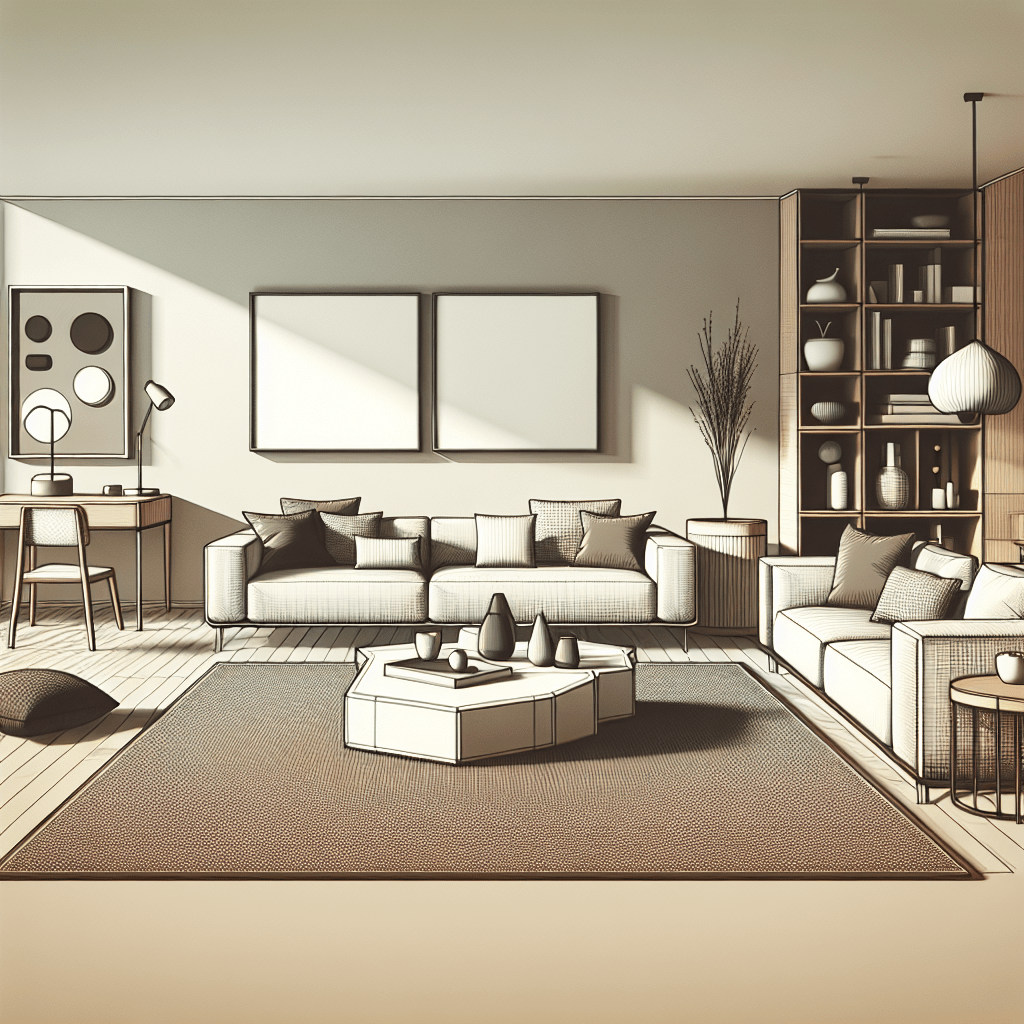Minimalist design has been gaining popularity in recent years as more people seek to simplify their lives and create a calming, clutter-free environment in their homes. This aesthetic is characterized by clean lines, neutral colors, and a focus on functionality over decoration. The rise of minimalist design can be attributed to a number of factors, including a desire for greater efficiency, a response to the overwhelming amount of stuff in our lives, and a recognition of the importance of mental clarity in our increasingly fast-paced world.
Why Minimalist Design?
Minimalist design offers a number of benefits that make it an appealing choice for many homeowners. One of the main advantages of minimalist design is that it can help to create a sense of calm and order in your home. By eliminating clutter and excess decorations, you can create a space that feels open, airy, and peaceful. This can have a positive impact on your mental health, helping you to feel more relaxed and focused in your daily life.
Another benefit of minimalist design is that it can make your home more efficient and functional. By focusing on the essentials and eliminating unnecessary items, you can make the most of the space that you have. This can be particularly helpful in smaller homes or apartments where space is limited. By choosing multi-functional furniture and organizing your possessions thoughtfully, you can create a home that is both beautiful and practical.
How to Achieve a Clutter-Free Home
If you’re interested in embracing minimalist design in your own home, there are a few key principles to keep in mind:
- Declutter: The first step to achieving a clutter-free home is to declutter your space. Take a look at each room in your home and identify items that you no longer need or use. Consider donating or selling these items to clear out space and create a more minimalist environment.
- Organize: Once you’ve decluttered, it’s important to organize the items that you choose to keep. Invest in storage solutions such as bins, baskets, and shelves to keep your belongings neat and tidy. Consider adopting a “less is more” approach when it comes to decor, choosing a few key pieces that add beauty and functionality to your space.
- Choose quality over quantity: In minimalist design, quality is key. Invest in well-made furniture and decor items that are built to last. Focus on selecting pieces that are both beautiful and functional, rather than filling your home with inexpensive, disposable items.
- Embrace simplicity: Minimalist design is all about simplicity. Opt for a neutral color palette, clean lines, and uncluttered spaces. Keep decorations to a minimum, choosing items that have meaning and bring you joy. Consider incorporating natural materials such as wood, stone, and metal to add warmth and texture to your space.
- Focus on functionality: In a minimalist home, every item should serve a purpose. Consider the function of each piece of furniture and decor before adding it to your space. Choose multi-functional pieces that can serve more than one purpose, such as a storage ottoman or a convertible sofa.
Conclusion
Minimalist design offers a simple yet powerful way to create a clutter-free, calming environment in your home. By embracing the principles of minimalism, you can create a space that is both beautiful and practical, promoting a sense of peace and order in your daily life.
FAQs
Q: Does minimalist design have to be boring?
A: Not at all! Minimalist design can be stylish, inviting, and full of personality. By choosing quality pieces that reflect your personal taste, you can create a minimalist space that is unique and welcoming.
Q: Is minimalist design expensive?
A: Minimalist design does not have to be expensive. By prioritizing quality over quantity and investing in key pieces that will stand the test of time, you can create a minimalist space on a budget.
Q: Can I still have a cozy home with minimalist design?
A: Absolutely! Minimalist design can be warm and inviting, creating a cozy atmosphere in your home. By adding soft textiles, warm lighting, and personal touches, you can create a minimalist space that feels like home.
TIP:
Remember, the key to achieving a clutter-free home is to start small and make gradual changes over time. Don’t feel like you have to declutter your entire home in one weekend. Instead, take it one room at a time and focus on creating a space that brings you joy and peace.
#Rise #Minimalist #Design #Achieve #ClutterFree #Home

